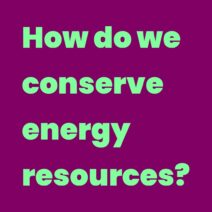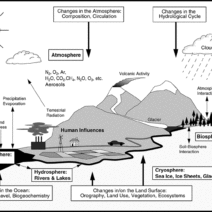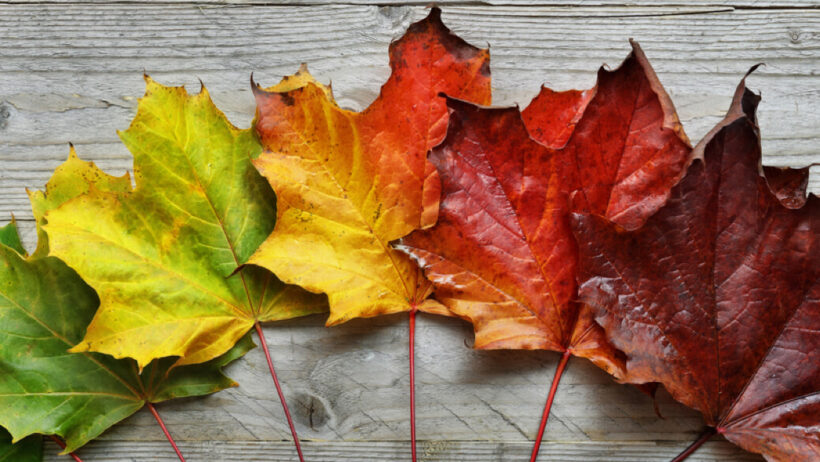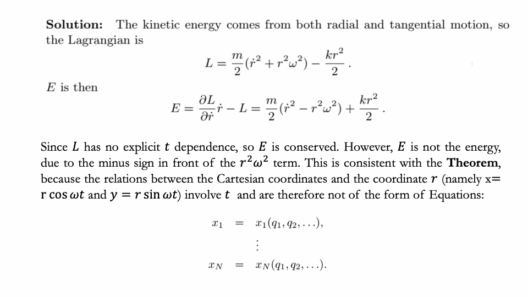As our planet navigates the tumultuous tides of climate change, it is increasingly evident that communities play an indomitable role in fostering environmental stewardship. The anthropogenic influences on our environment have crystallized the importance of adopting sustainable practices, especially during varying seasons, when energy consumption trends intensify. Seasonal energy tips are not merely practical guidelines but also a reflection of deeper, more systemic issues faced by our society.
Understanding the intricate relationship between community actions and environmental impact is paramount. This exploration delves into seasonal energy-saving strategies that can significantly mitigate carbon footprints, while also inspecting the underlying motivations for these practices. The allure of sustainability is infectious—a call to action that reverberates through the collective consciousness—inviting individuals and groups alike to embrace energy-efficient behaviors.
As spring unfurls its vibrant hues, energy consumption patterns shift. Homeowners are eager to adapt their energy use as the weather warms, oftentimes accompanied by the annual ritual of spring cleaning. This period presents an opportune moment not only for decluttering spaces but also for evaluating energy efficiency at home. One fundamental yet occasionally overlooked strategy is to conduct a thorough energy audit. This process identifies inefficiencies, such as drafty windows or outdated appliances that consume excess energy. By reviewing utility bills and proactively addressing these issues, communities can engender an environment of conservation that resonates well beyond individual households.
Transitioning into summer, the sweltering heat necessitates an increase in air conditioning usage. However, overreliance on artificial cooling presents both financial and environmental ramifications. Various strategies can be employed to counteract this dependence. Attaching reflective window films can significantly reduce indoor heat accumulation, while ceiling fans serve as an excellent alternative, promoting comfort without exorbitant energy costs. Moreover, simple behavioral changes, such as using natural ventilation methods during cooler evenings and strategically utilizing shades or curtains during the peak sun hours, contribute to a diminished energy demand.
Incorporating community awareness initiatives, such as neighborhood workshops on energy-efficient cooling practices, can foment collective efforts toward reducing energy consumption. By fostering a sense of camaraderie around environmental objectives, communities not only share knowledge but also inspire accountability. The intimacy of neighbors collaborating toward a common goal enlivens the pursuit of sustainability. As summer reaches its zenith, the connective tissue of community-driven initiatives becomes increasingly vital.
As the autumn leaves begin to cascade, the emphasis pivots toward heating strategies. With winter looming, homeowners face the inevitable challenge of preparing for the colder months. A quintessential recommendation is to enhance insulation throughout homes to stave off unnecessary heat loss. Insulating attics, walls, and basements are indeed vital; however, sealing gaps and cracks around windows and doors often commands attention. The introduction of weather stripping is a simple yet effective remedy that significantly reduces drafts—thereby conserving energy and reducing utility expenses.
Additionally, the transition to winter offers an opportunity to examine heating systems thoroughly. Regular maintenance of furnaces and boilers—not only ensures optimal performance but also promotes energy efficiency. Homeowners should also consider upgrading to programmable thermostats that allow for greater control over heating schedules. Communities that band together to implement such measures can realize enormous cumulative energy savings, strengthening the collective ethos of environmental responsibility.
As winter envelops communities, the allure of festivities often culminates in heightened energy use. Holiday lighting, while enchanting, can lead to substantial power consumption. Advocating for the use of energy-efficient LED lights is a practical strategy. These modern lighting solutions greatly reduce energy use, offering the same aesthetic brilliance while being mindful of the environment. Engaging communities to promote such practices during the holiday season instigates a cultural shift towards eco-friendly celebrations.
The cyclicality of seasons necessitates constant adaptation within communities, highlighting the importance of resilience. Each seasonal transition can serve as a reminder of our interconnectedness with the environment. Employing sustainable practices during every phase of the year fosters a habit of mindfulness toward energy consumption, and further emboldens individuals and communities alike to stand as stalwart defenders of the planet.
In conclusion, community engagement and seasonal energy tips transcend practical energy conservation measures; they represent a pivotal opportunity for cultivating awareness and inspiring collective action. Recognizing the repercussions of personal and communal energy habits fortifies the foundations necessary for societal change. By leveraging seasonal rhythms as catalysts for eco-friendly practices, communities can confront the multifaceted challenges posed by climate change. As change ripples outwardly, what begins as individual efforts can, in time, culminate in a unified movement toward a sustainable future.







